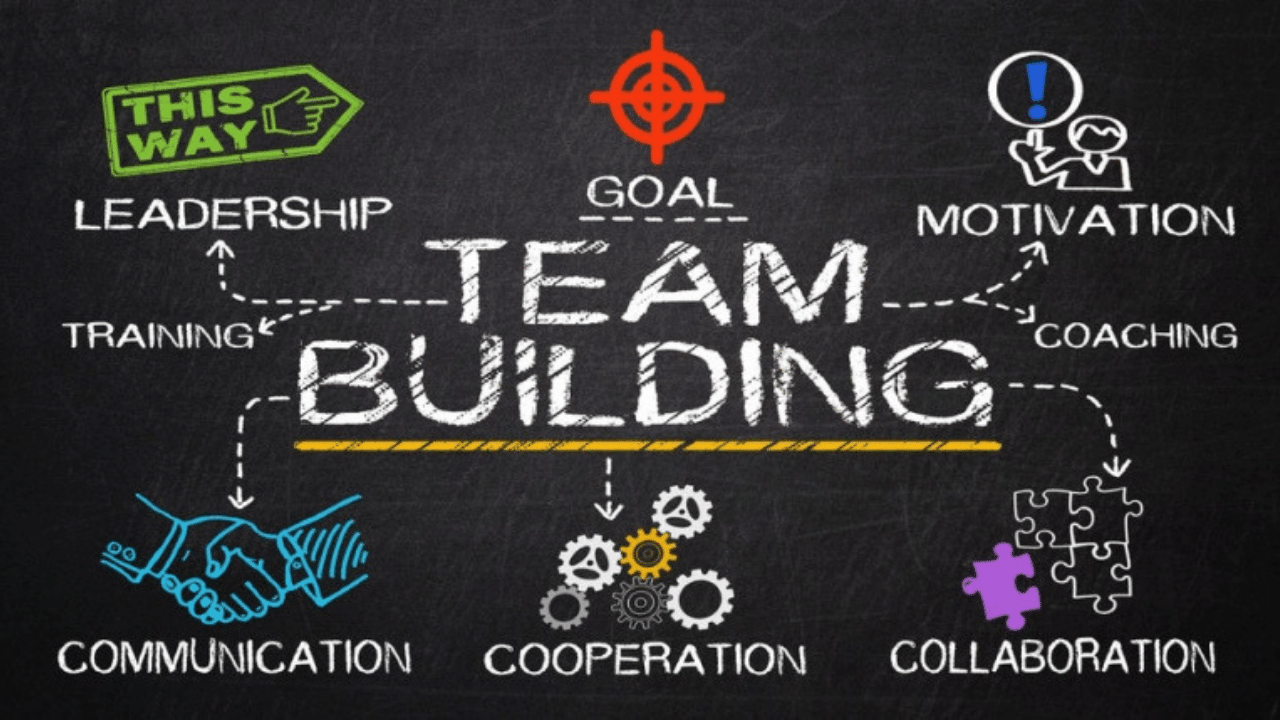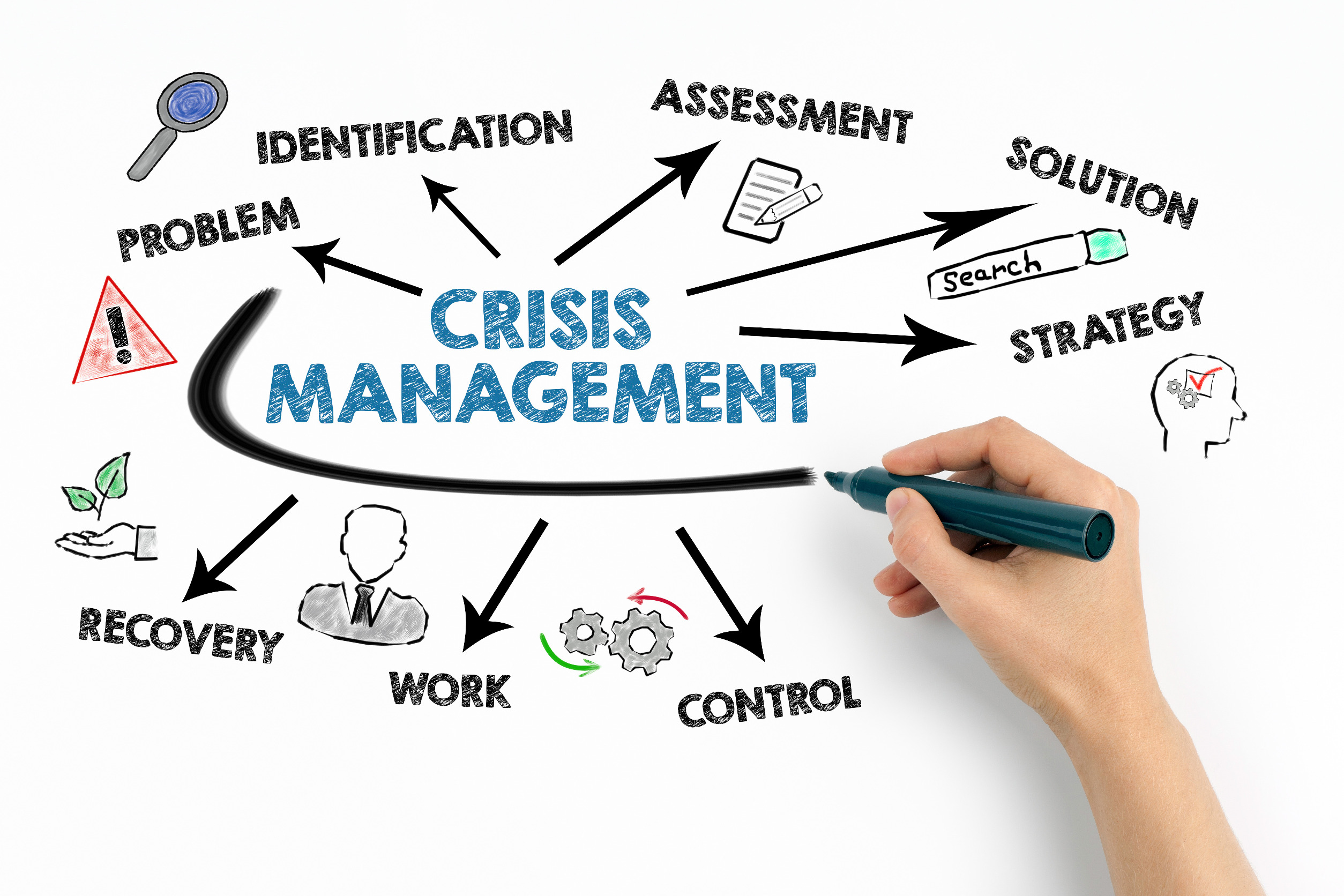Amy Edmondson, the Professor of Leadership and Management at Harvard Business School, draws an important distinction between teams and teaming in this TEDNYC talk. It is a distinction that we—as change practitioners—can put to good use. Unless you are working with the same change professionals, the same project managers, the same leaders, and the same clients in the same organizations project after project after project, it is more likely that you are teaming rather than forming teams.
As her primary case study for teaming (“teamwork on the fly”), Profession Edmondson used the 2010 copper mine collapse in Chile that trapped 33 miners a half-mile below ground. The miners found their way to a small chamber that contained enough food to feed two people for ten days; it took seventy days to rescue them. And, it took teaming, with experts from numerous different fields—and from around the globe—coming together to solve incredibly complex problems.
Edmonson introduces what she describes as “the basic human problem: it’s hard to learn if you already know.” She identifies the importance of having teaming leaders who have “situational humility;” they know that they don’t have all of the answers and are willing to openly acknowledge that fact. And, she identifies three characteristics that are important for every member of a teaming effort to display.
- Humble in the face of the challenge ahead
- Curious about what others bring
- Willing to take risks to learn quickly
What would it take to move your next project team into a teaming effort…or even the current project team you are on now? How prepared are you to be teaming?

Brian Gorman is the Managing Editor of Change Management Review™. In this capacity he regularly curates articles of importance to our readership; contributes original writing; hosts podcasts; and works with guest authors.
For more than five decades Brian has been engaged in—and a student of—change at the personal, organizational, and societal levels. During this time, he has worked with both individuals and organizations (ranging from solo practitioners to Fortune 100 businesses), guiding them through a wide array of challenges. Decades of experience have given him a deep appreciation of the universal patterns that underlie successfully navigating even the most difficult changes.
In addition to his work as our Managing Editor, Brian is a transformation coach, supporting both individual and organizational change. Brian is committed to passing his “lessons learned” on to others, so that their change journeys can advance more smoothly. He is a frequent workshop facilitator and public speaker. Brian is the author of “The Hero and the Sherpa,” a chapter in the online Handbook of Personal and Organizational Transformation (Springer Publishing; Judi Neal, Editor). He also has an extensive library of blog posts, articles, and videos on the change journey, including “The Ten Most Important Lessons I Have Learned Over 50 Years of Engaging Change.”
Mr. Gorman’s formal education includes a BA in Cultural Anthropology from Syracuse University, an MA in Higher Education Administration from the University of Texas, San Antonio and an MA in Human Relations from the University of Oklahoma.
Brian is an International Coach Federation (ICF) certified coach, and is an active member in the New York City chapter. Brian is also a member of the Forbes Coaches Council and the Gay Coaches Alliance.

























